Museums
Museums in Yunnan
Chinese Name:镇远县博物馆
English Name: Zhenyuan Museum, Puer
Puer Zhenyuan Museum in Zhengyuan County travel guide introduces the main attractions, entrance tickets booking, The best time to visit, How to Get there, the highlights, facts, history, photos, weather, accommodation, visiting routes, travel tips, tour maps of Zhenyuan Museum in Puer.
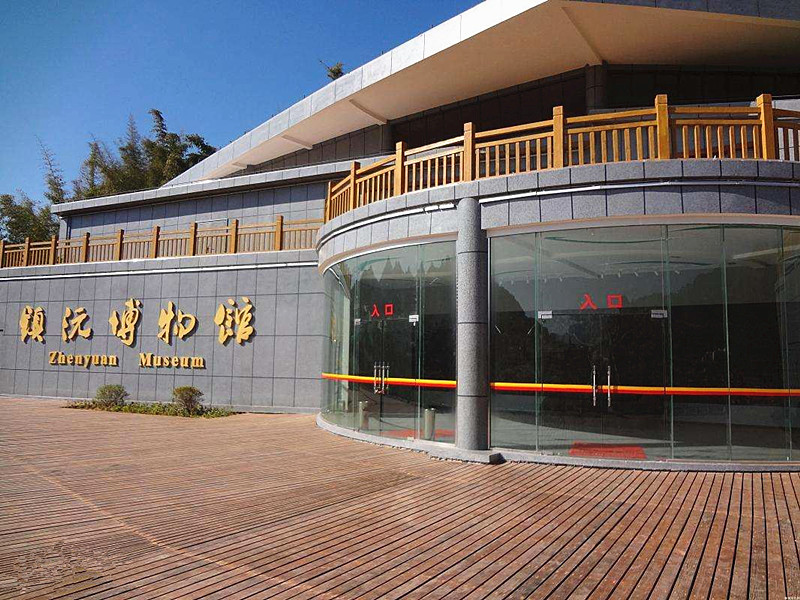
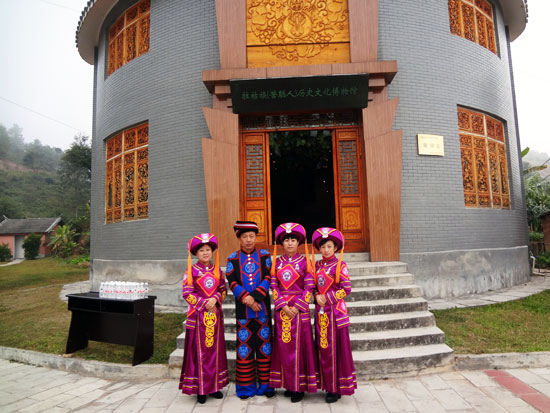
Chinese Name:保山云南公路馆
English Name: Yunnan Roads Culture Museum in Lujiangba Basin, Baoshan
Baoshan Yunnan Roads Culture Museum in Longyang District travel guide introduces the main attractions, entrance tickets booking, The best time to visit, How to Get there, the highlights, facts, history, photos, weather, accommodation, visiting routes, travel tips, tour maps of Yunnan Roads Culture Museum in Baoshan.
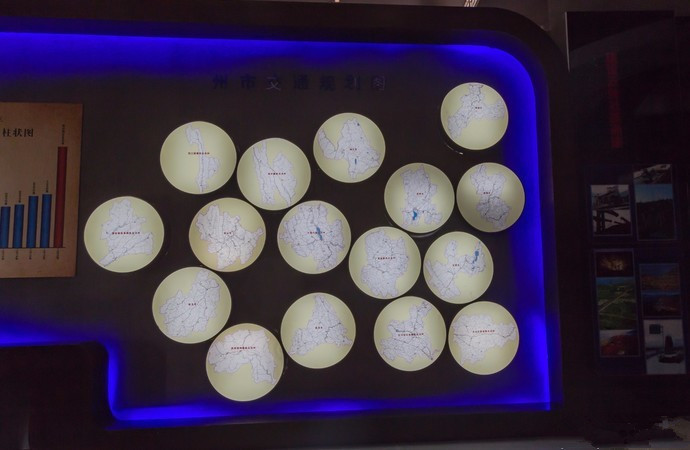
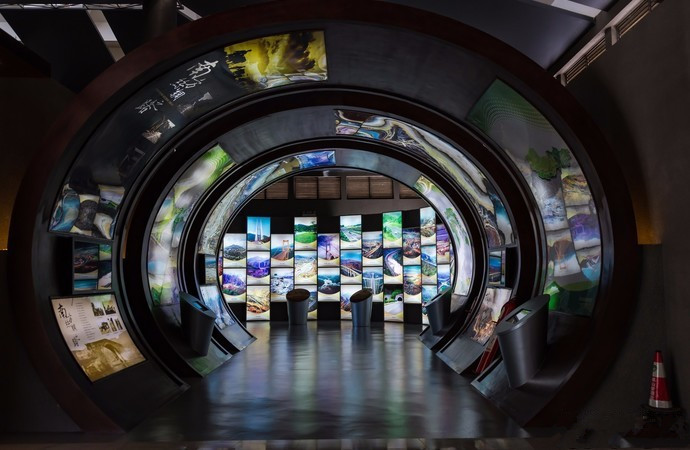
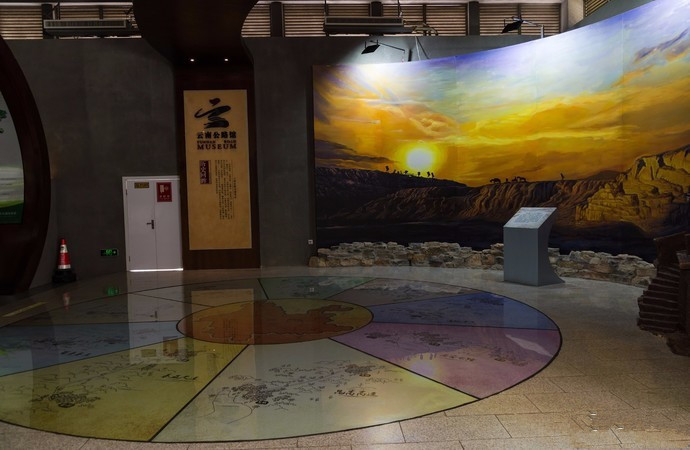
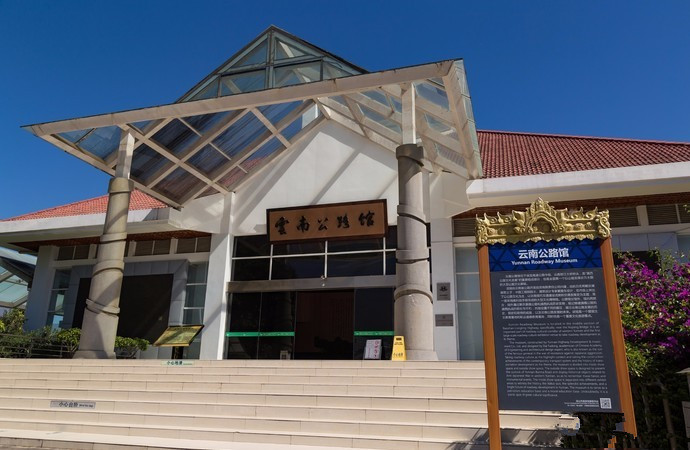
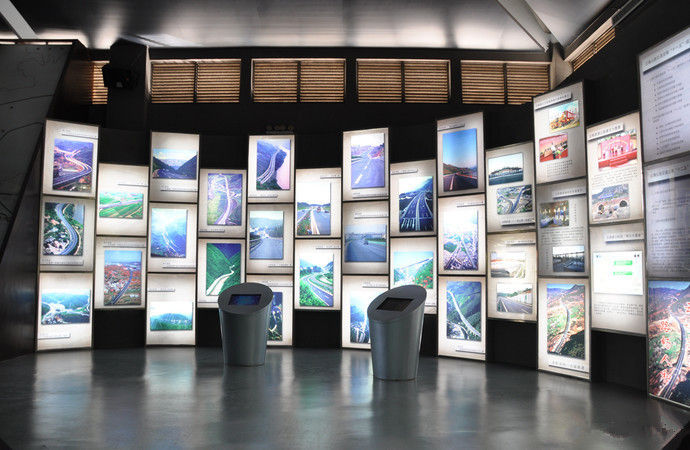
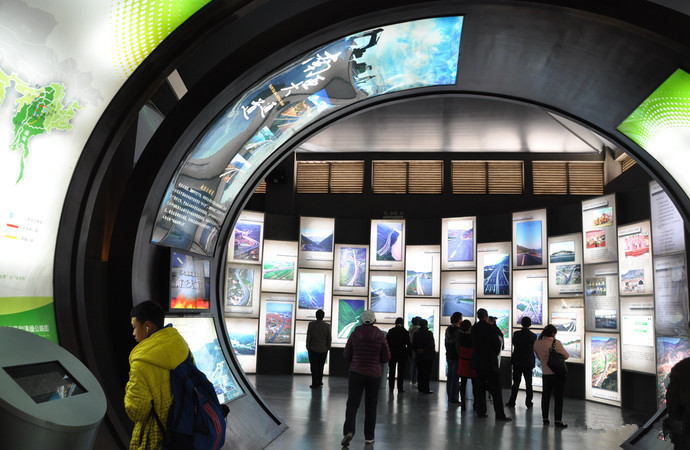
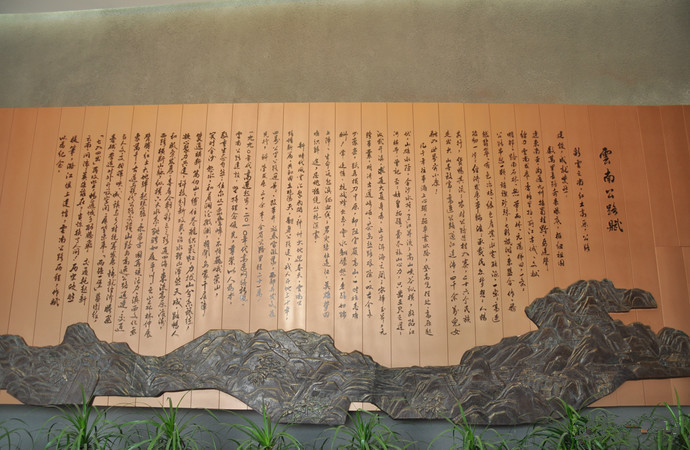
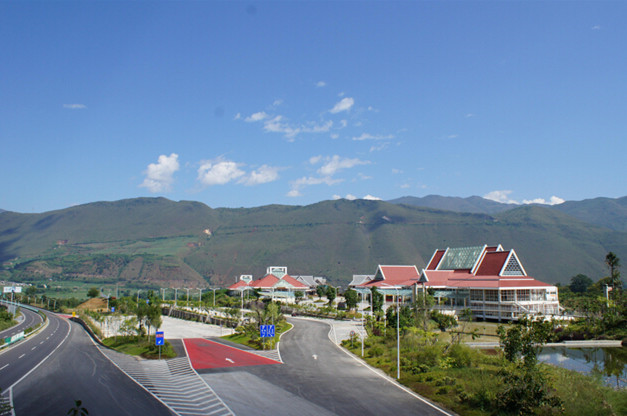
Chinese Name:腾冲弯楼子民居博物馆
English Name: Wanlouzi Museum of Folk House in Tengchong County, Baoshan
Baoshan Wanlouzi Museum of Folk House in Tengchong County travel guide introduces the main attractions, entrance tickets booking, The best time to visit, How to Get there, the highlights, facts, history, photos, weather, accommodation, visiting routes, travel tips, tour maps of Wanlouzi Museum of Folk House in Baoshan.
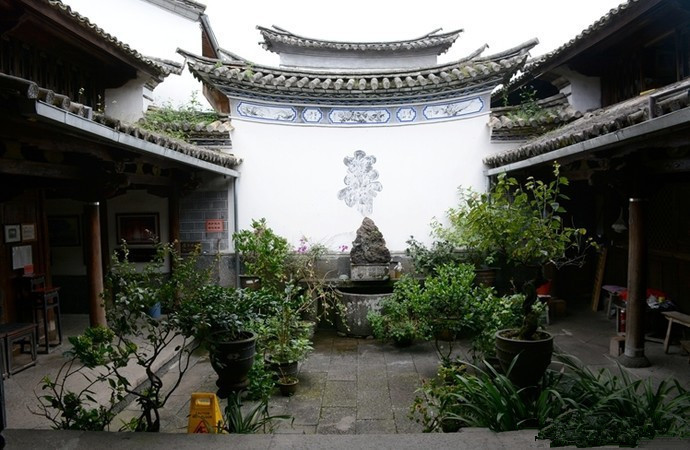
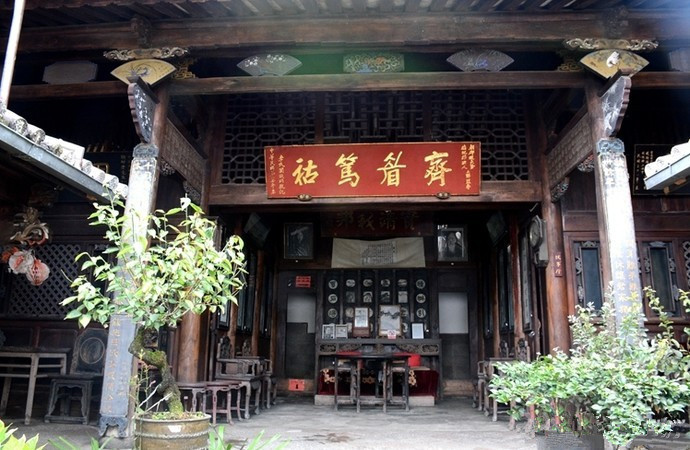
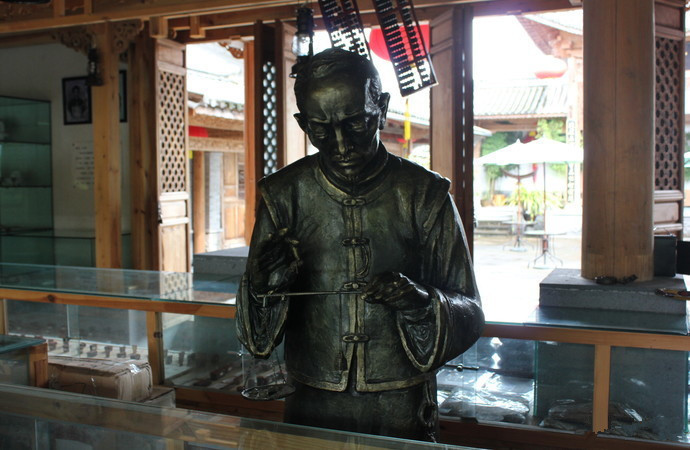
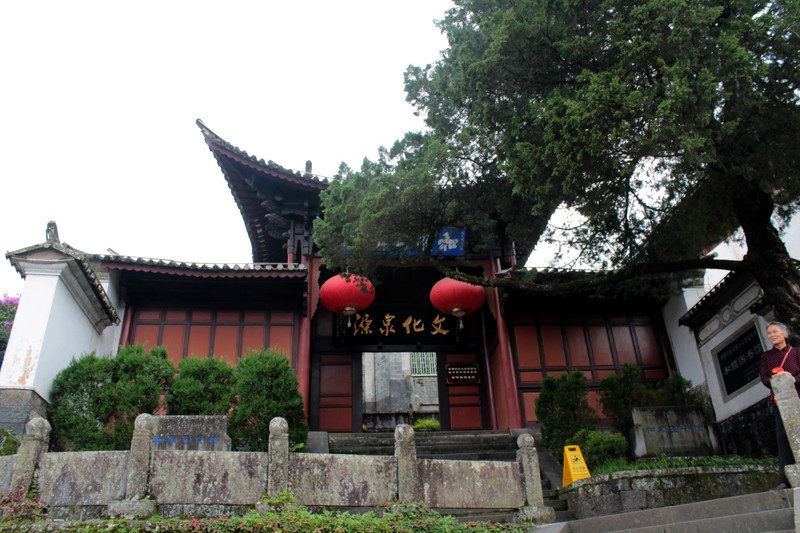
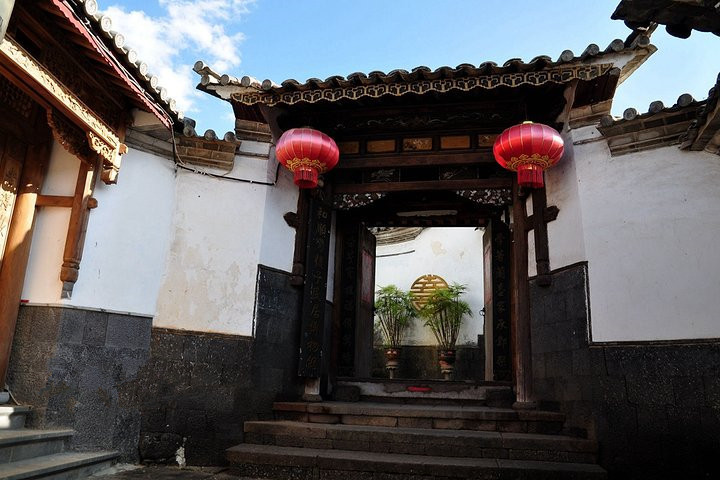
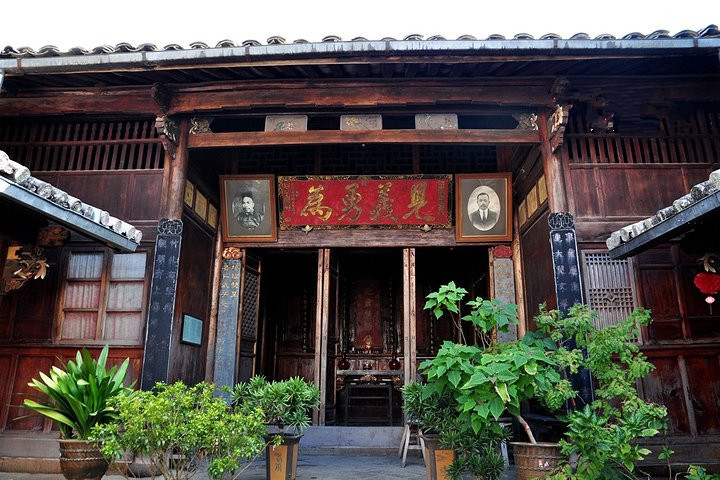
Chinese Name:腾冲博物馆
English Name: Tengchong Museum, Baoshan
Baoshan Tengchong Museum travel guide introduces the main attractions, entrance tickets booking, The best time to visit, How to Get there, the highlights, facts, history, photos, weather, accommodation, visiting routes, travel tips, tour maps of Tengchong Museum in Baoshan.
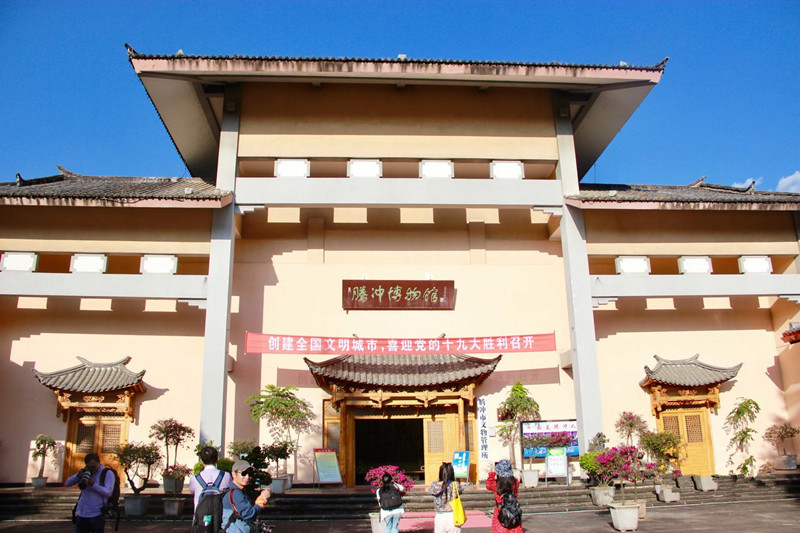
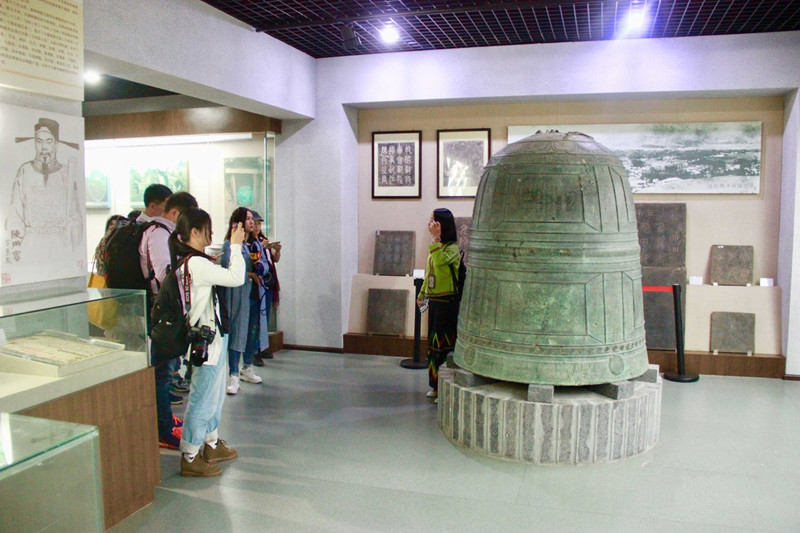
Chinese Name:腾冲和顺大马帮博物馆
English Name: Heshun Museum of Mabang in Tengchong County, Baoshan
Mabang is caravan of horses carrying goods
Baoshan Heshun Museum of Mabang in Tengchong County travel guide introduces the main attractions, entrance tickets booking, The best time to visit, How to Get there, the highlights, facts, history, photos, weather, accommodation, visiting routes, travel tips, tour maps of Heshun Museum of Mabang in Baoshan.
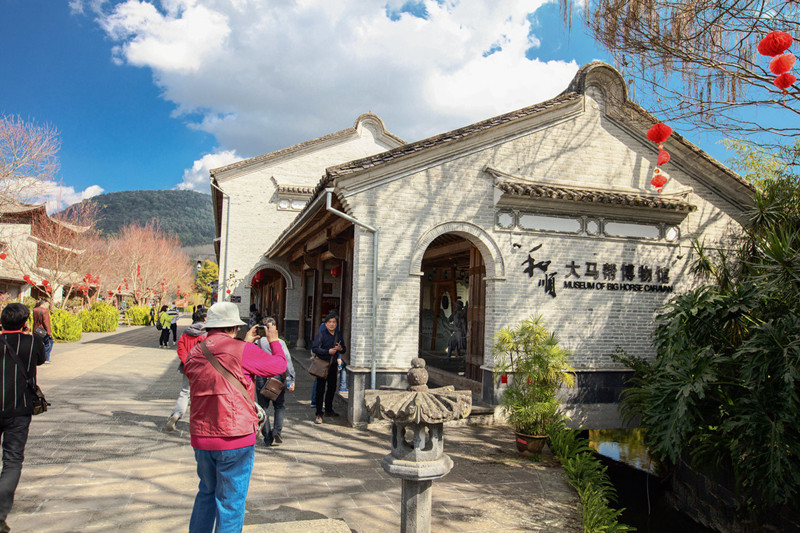
Chinese Name:腾冲翡翠博物馆
English Name: The Museum of Jade in Tengchong County, Baoshan
Baoshan Museum of Jade in Tengchong County travel guide introduces the main attractions, entrance tickets booking, The best time to visit, How to Get there, the highlights, facts, history, photos, weather, accommodation, visiting routes, travel tips, tour maps of Museum of Jade in Baoshan.
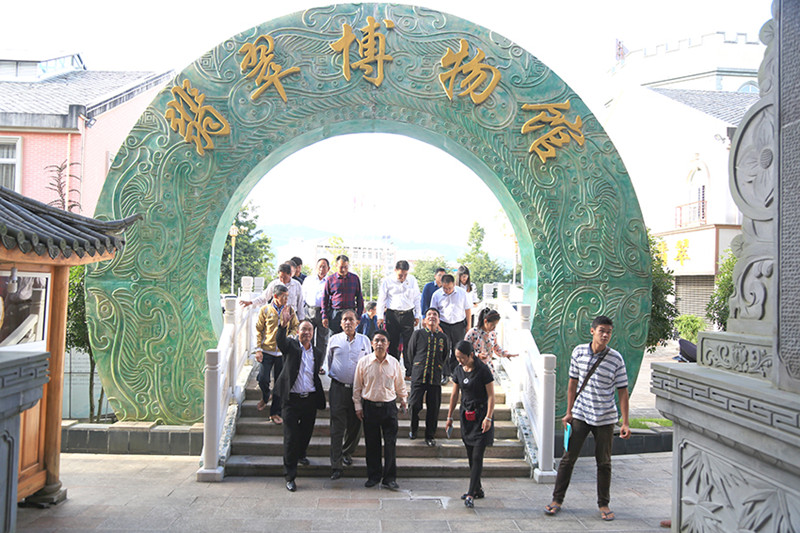
Chinese Name:腾冲县高黎贡手工造纸博物馆
English Name: Gaoligong Handmade Paper Museum in Tengchong County, Baoshan
Baoshan Gaoligong Handmade Paper Museum in Tengchong County travel guide introduces the main attractions, entrance tickets booking, The best time to visit, How to Get there, the highlights, facts, history, photos, weather, accommodation, visiting routes, travel tips, tour maps of Gaoligong Handmade Paper Museum in Baoshan.
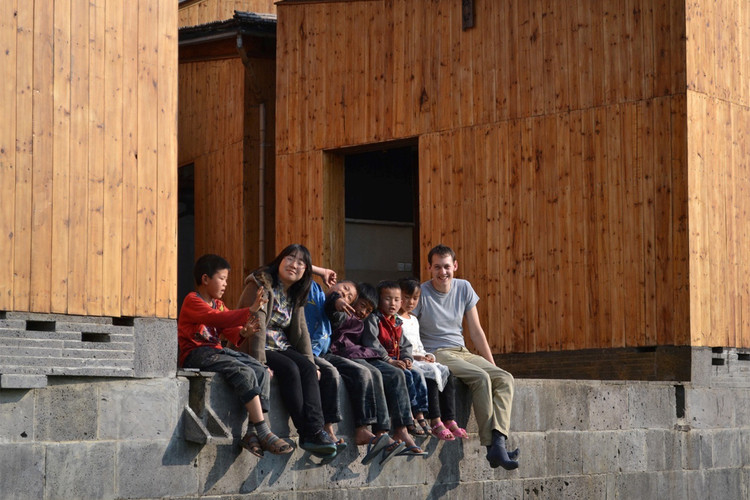
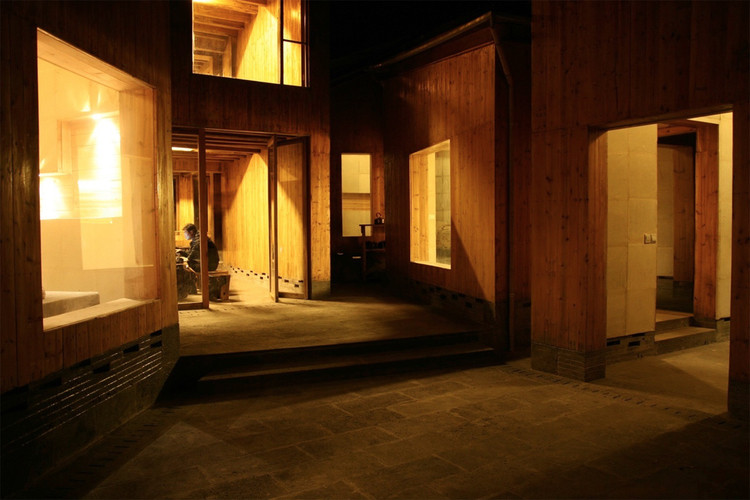
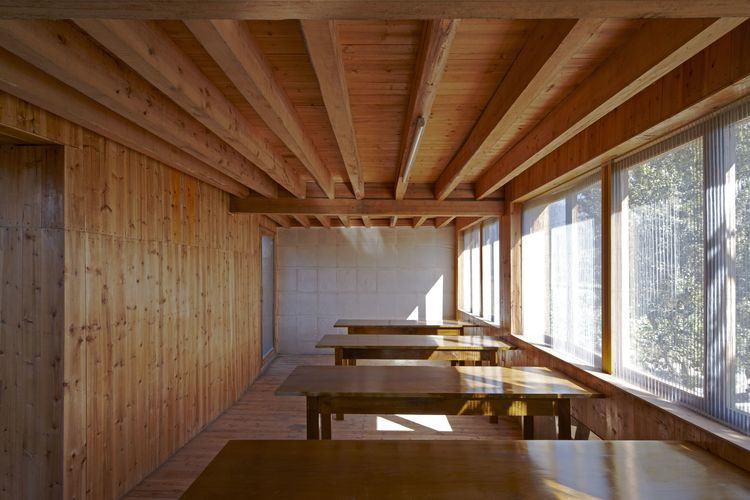

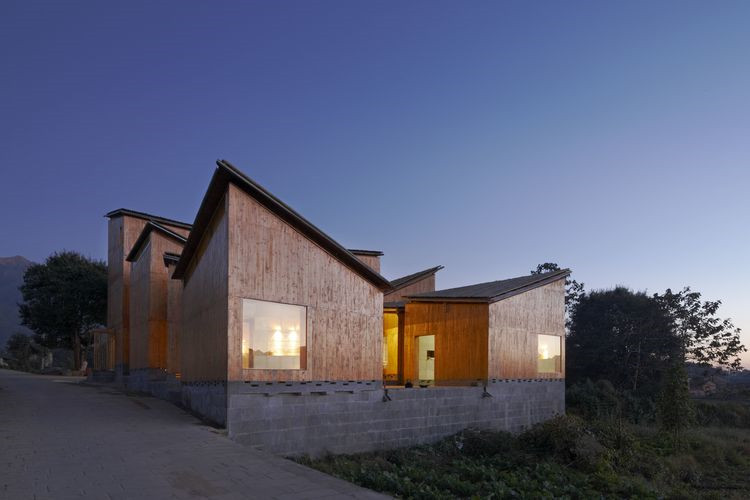
The Yunnan Railway Museum is located at No. 913 Beijing Road, Kunming. It was established using the waiting room of the Kunming North Railway Station and opened to the public in 2004. The museum primarily showcases the development history of the Kunming railway, with a special focus on narrow-gauge railway artifacts.
The museum has a building area of 7,963 square meters and an exhibition area of 5,155 square meters. It houses and displays over 10,000 artifacts and documents, including 8 first-class cultural relics, 10 second-class relics, and 123 third-class relics. The museum encapsulates over a century of Yunnan’s railway history. Due to its unique historical and cultural value, it has been named a National Youth Education Base, a National Railway and Yunnan Province Patriotic Education Base, and a Yunnan Province Science Education Base.
In December 2017, the museum was included in the Ministry of Education’s first list of National Primary and Secondary School Research and Practice Education Bases and Camps.
The museum consists of the South and North Halls. The South Hall is modeled after the classical French architecture of the century-old “Yunnanfu Station” on the Yunnan-Vietnam Railway. The North Hall features modern architecture incorporating elements of high-speed railway passenger stations. A railway steel bridge connects the two halls, spanning over three tracks of the station, integrating the museum with the operational railway station.
| Exhibit Name | Description |
|---|---|
| “Michelin” Rubber-Wheeled Passenger Railcar | Introduced on the Yunnan-Vietnam Railway in 1914, this railcar is 16 meters long, 2.6 meters wide, and 2.9 meters high. It features 19 soft seats, 24 hard seats, a washroom, a toilet, and a kitchen, making it akin to a fully equipped mobile hotel. |
| SN Type 29 Narrow-Gauge Steam Locomotive | Manufactured by Baldwin Locomotive Works in the United States. It features a 0-5-0 wheel arrangement, with a locomotive length of 8 meters, width of 2.4 meters, height of 3.15 meters, and a weight of 24.19 tons. The accompanying coal-water tender is 7 meters long, 2.4 meters wide, and 1.9 meters high, with a weight of 6.6 tons. Purchased in 1923, it was in operation until December 31, 1990. |
| Narrow-Gauge Baggage-Postal Car | Manufactured by the Yangtze Factory in Hankou, China, in 1919. Car number: 351. |
| Narrow-Gauge Wooden Passenger Car | A third-class passenger car operating on the Ge-Bi-Shi narrow-gauge railway, manufactured by the Yangtze Factory in Hankou, China, in 1919. Car number: 241. |
| Narrow-Gauge Steel Boxcar | Produced by the Koppel Car Factory in the United States in 1930, with a load capacity of 10 tons. Car number: 451. |
| Narrow-Gauge Wooden Open Car | Produced by the Magor Car Factory in the United States in 1930. Car number: 601. |
| Narrow-Gauge Wooden Flat Car | Manufactured by the Yangtze Factory in Hankou, China, in 1919. Car number: 701. |
| Narrow-Gauge Wooden Boxcar | Manufactured by Decauvllle Factory in France in 1925. Car number: 402. |
| Standard-Gauge Dongfeng No. 1 Diesel Locomotive No. 2058 | Manufactured in China in 1973. The locomotive is 163.92 meters long, 3.3 meters wide, 4.775 meters high, with a self-weight of 118 tons and a gross weight of 126 tons. |
| MK51 Narrow-Gauge Steam Locomotive | Produced in France. Originally classified as MK51 type, renamed JF51 type (Liberation 51 type) after 1949. |
| Standard-Gauge “Chuncheng” Trainset | Operated between Kunming and Shilin during the 1999 Kunming International Horticultural Exposition as a tourist train. The train is 26.125 meters long, 3.014 meters wide, 1.134 meters high, with a self-weight of 53.4 tons. |
| KD55 Narrow-Gauge Steam Locomotive | Manufactured by Kawasaki Shipyard in Japan in 1897. The locomotive features a 1-4-0 wheel arrangement, a tractive force of 16,370 kg, a structural speed of 50 km/h, with a total mass of 98.24 tons including coal and water. It can carry 6 tons of coal and 13 tons of water, and its dimensions are 16,563 mm in length, 2,616 mm in width, and 3,813 mm in height. |
| Hand-Crank Gear-Driven Track Car | An engineering vehicle for railway line maintenance and repair, manufactured in France in the 19th century. |
| Universal Clamp-Type Voltmeter | An electrician’s instrument. |
| Locomotive Eccentric Bushing Processing Machine | During World War II, Britain used lathes purchased with “Boxer Indemnity” funds paid by the Chinese Qing government in 1900 to support China’s resistance against Japanese aggression. |
| Morin Level | Produced in France in 1901. |
| Theodolite | Manufactured in the United States in the 19th century. |
| Railway Engineering Survey Instruments | Produced in France in 1910. |
The Yunnan Railway Museum has been honored with titles such as “Kunming Top Ten Museums,” “National Patriotic Education Base,” “Yunnan Provincial Patriotic Education Base,” “Yunnan Science Education Base,” and “National Youth Education Base.” In December 2017, it was listed as a research and practice education base and camp for primary and secondary school students by the Ministry of Education.
| Relic Name | Description |
|---|---|
| Pingbian Wujiazhai Railway Steel Girder Bridge | A “Hump Bridge” with a three-hinged arch steel girder design. It was designed by the famous French bridge architect Paul Bodin and constructed by the French Batignolles Company. It is located between Boduqing and Luogu stations. The bridge is 67.9 meters high, 228 meters long, with a single-span steel girder length of 66 meters. |
| Narrow-Gauge Railway Stone Milepost | Made of concrete, this milepost stands 75 cm tall with a square base of 35 cm. |
| Mechanical Semaphore Signal | A railway signal device using a mechanical arm to control the train’s movement. |
| Steel Rail of the Yunnan-Vietnam Railway | Manufactured by Schneider-Creusot Steel Works in France in 1913. The rail is 12 meters long, 2 meters wide, and 0.32 meters high, weighing 35 kg per meter. It was laid in the Yunnan-Vietnam Railway’s Chinese section between the late 19th and early 20th centuries. |
| Iron Drill (1901) | Used in the construction of the Yunnan-Vietnam Railway’s Chinese section. |
| Longer-than-Rail Fish Plate | Produced by Schneider-Creusot Steel Works in France. |
| Yunnan Narrow Gauge Steel Rail | Produced by Baoji Steel Rail Factory, China, in the late 20th century. |
| British 1.5-inch Gauge Track Sleeper | Produced by Krupp Steel Works, Germany, in 1914. |
| Steel Box Girder Bridge for Narrow-Gauge Railway | Erected at the entrance of the South Hall, showcasing railway history from the early 20th century. |
Address:
Yunnan Railway Museum
No. 913 Beijing Road, Kunming, Yunnan Province, China
Open Hours:
Daily, 9:00 AM – 5:00 PM (closed on Mondays)
Entry:
Admission is free for visitors with a valid ID.
Advance online booking is required.
Contact Information:
Phone: +86-871-63167672
Chinese Name: 大理下关(茶厂)沱茶博物馆
English Name: Xiaguan Tuocha Tea Museum in Dali
Xiaguan Tuo Tea has been in existence for over a century. The Tea Horse Road’s long history, with its relics from various historical periods, including products, machinery, and images, forms a vivid historical tapestry of Xiaguan Tuo Tea. In March 2006, to expand the brand’s connotations and promote Xiaguan Tuo Tea culture, the Yunnan Xiaguan Tuo Tea Group invested over 7 million yuan to build the “Xiaguan Tuo Tea Museum.” The project took more than eight months to complete and was officially opened on November 16th, just before the 50th anniversary of Dali Bai Autonomous Prefecture.
Xiaguan Tuo Tea Museum was established to showcase the rich history and cultural significance of Xiaguan Tuo Tea. The museum exhibits over 630 items, including photographs, images, and artifacts from over a century of Xiaguan Tuo Tea’s development. It offers a comprehensive view of the tea’s history and promotes the broader Yunnan Pu’er tea culture.
The museum features five exhibition halls and a multimedia presentation hall. The building’s design reflects traditional Bai architecture, featuring a tranquil and ancient courtyard style.
The museum displays a range of items from the past, including historical documents, important manuscripts, and various tea-related artifacts. Among the exhibits are:
The exhibits also feature handwritten inscriptions by the 10th and 11th Panchen Lamas, showcasing the deep cultural connections and significance of Xiaguan Tea.
Since its opening, the museum has welcomed numerous leaders, tea experts, and visitors from all walks of life. It has received high praise for its contributions to brand development and cultural promotion.
Walking through the Xiaguan Tuo Tea Museum, visitors experience a rich historical narrative and gain a deeper appreciation of Xiaguan Tuo Tea’s heritage. The museum stands as a testament to the enduring legacy of this historical tea and its role in the cultural and economic exchanges along the Tea Horse Road.
Chinese Name: 会泽宝云铸钱局
English Name: Baoyun Minting Department in Huize County, Qujing
The Baoyun Minting Department, located in Huize County within Qujing City, Yunnan Province, is a historical site that played a significant role in Chinese numismatics, particularly during the Ming and Qing dynasties. This site is known for its rich history in minting coins, which contributed significantly to the economy and coin circulation of China during its operational years.
The minting of coins in Yunnan dates back to 1555 during the 34th year of the Ming Dynasty under Emperor Jiajing. This event marked the beginning of coin production in Yunnan Province. A special commemorative coin named “Jiajing Tongbao,” made from yellow copper, was created to celebrate the first coin production, and this coin came to be known as the “King of Coins.” When the Baoyun Minting Department was established in Huize County during the 12th year of Emperor Yongzheng’s reign (1734), this “King of Coins” was prominently displayed above the entrance of the minting department, remaining there until the early years of the Republic of China.
Following the Qing Dynasty’s establishment, central mints named Baoyuan and Baoquan were set up in Beijing to produce coins for the empire. Yunnan became a significant region for minting due to its abundant copper resources, and various minting departments were established throughout the province to support the Qing government’s monetary system.
During the reigns of the Yongzheng and Qianlong emperors, Huize County became home to two minting departments, known as the new and old “Baoyun” minting bureaus. These bureaus were second only to the central minting bureaus in Beijing, earning them the title of “China’s Second Largest Minting Bureau.” They produced coins such as the “Yongzheng Tongbao” and “Qianlong Tongbao.” Later renamed “Baodong Minting Bureau,” these facilities minted coins for over 200 years, continuing until the early years of the Republic of China.
At its peak, the Baoyun Minting Department operated 70 furnaces, producing 440,000 strings of coins annually, employing around 1,500 workers, including furnace operators and craftsmen. It is often said, “A mountain of treasure echoes through the ages, and the smoke from the furnaces surrounds the land for millennia.” At one point, half of the copper coins in circulation in China originated from Huize.
The history of coin minting in Huize is intertwined with the development of Chinese monetary and economic history. The copper from Huize, a symbol of wealth and cultural integration, played a significant role in the region’s historical and cultural identity. At the Baoyun Minting Department, visitors can see various coin types, from the largest coin in the world to the smallest “wuzhu” coin. The site offers a comprehensive view of the evolution of currency, displaying items such as ancient shells, knife coins, “wuzhu” coins, silver notes, and modern coins. The memory of the coin-minting fire still resonates in the hearts of the people.
The best time to visit the Baoyun Minting Department is during the spring (March to May) or autumn (September to November) when the weather is mild and comfortable. These seasons also offer a pleasant climate for exploring the surrounding historical and natural attractions of Huize County.
There are several accommodation options available in Huize County, ranging from budget inns to more comfortable hotels. Staying in Huize allows easy access to the Baoyun Minting Department and other local attractions.
The Baoyun Minting Department in Huize County is a significant cultural and historical landmark, offering insights into the rich history of Chinese coinage and the region’s economic importance. With its fascinating exhibits, historical significance, and picturesque setting, it is a must-visit destination for history enthusiasts and travelers interested in Chinese culture.
Chinese Name:大理白族自治州博物馆
Englishi Name: Dali Bai Autonomous Prefecture Museum
Dali Bai Autonomous Prefecture Museum is near the Erhai Dock, located in the east of Erhai South Road in Xiaguan Town of Dali City, Yunnan Province. It was built in 1986, and has a total area of 50 mu (about 8 acres). It is really a garden Museum with strong local ethnic minority’s characteristics. It combines ancient Dali architectural styles and Bai architectural styles. The museum is also the central institution where the government of Dali Bai Autonomous Prefecture conducts cultural relic research, excavations, collecting, exhibiting and so on.
Dali Bai Autonomous Prefecture Museum has delightful surroundings. Its exhibition hall shows the clear domestic house architectural style of Bai: ‘Three rooms and one wall screening, four joints and five courtyards’. The layout of the Museum adopts symmetric forms. All of its constructions seem to be one integrated mass, reflected in the surrounding pines and cypress. Dali Bai Autonomous Prefecture Museum itself is a great architectural work of art of the Bai ethnic minority. It is indeed worth visiting when traveling in Dali.
Dali City has a history of more than 4,000 years. Nanzhao Kingdom (738-902) and Dali Kingdom (937-1253) were set up successively in Dali. Thus the museum has great cultural relics. Dali Bai Autonomous Prefecture Museum is a compilation of Dali history, through which you can appreciate the charms of the historical civilizations in Dali.
Dali Bai Autonomous Prefecture Museum is the first Autonomous Prefecture Museum in Yunnan Province. Although established only 20 years ago, it already has amassed a considerable collection. It holds more than 7,000 sub-collections including historical, ethical, revolutionary and cultural relics, fine marbles and other materials. Among these are many items found nowhere else in the world but the Dali Bai Autonomous Prefecture Museum. These include a Dali Bronze Drum, Serial Bells, etc. from the time of the Warring States (476BC-221BC); the Earthenware House and the Earthenware Horses from the Western Han (206 BC – 24 AD) to the Jin Dynasty (265-420); Buddhist Maitreya’s Pictures made of different materials, fine natural marble pictures like ‘A Peacock in his Pride’ from the Nanzhao Kingdom and the Dali Kingdom.
The Nanzhao Kingdom and Dali Kingdom historical relics and the ethnic relics of Bai are the most important exhibitions. The art of bronze and ceramic sculptures are the mainstay. Dali Autonomous Prefecture Museum is a local synthetic Museum. The Museum has twelve main exhibition halls. Eight of these exhibit year-round, including ‘Bronzes Cultural Relics Exhibition Hall’, ‘Nanzhao Kingdom and Dali Kingdom Stone Carving Arts Exhibition Hall’, ‘Nanzhao Kingdom and Dali Kingdom Painting Arts Exhibition Hall’, ‘Chinaware Exhibition Hall’, ‘Fine Marble Exhibition Hall’, ‘Nanzhao Kingdom and Dali Kingdom Cultural Relics Exhibition Hall’, ‘Bai Folk-custom Exhibition Hall’, ‘Dali Modern Revolutionary Historical Sites Relics Exhibition Hall’, etc. The exhibitions have deep cultural connotations. The first five exhibition halls fully show the foundry, construction, sculpture, and painting achievement of the Nanzhao and Dali Kingdoms. The next two show the local Dali people’s unique ancient life style and production systems, and their ancient arts and customs. The last mainly shows the revolutionary story of the patriots in Dali and historical sites where the Red Army passed by here during their Long March (Changzheng, the strategic shift of the Red Army of China in 1934–1936).
Note: The best time to visit is from March to June. In this period, Dali has the March Celebration Activities and the camellias are blossoming. The climate is also very comfortable.








Museums in Yunnan
Chinese Name:镇远县博物馆 English Name: Zhenyuan Museum, Puer Puer Zhenyuan Museum in Zhengyuan County travel guide introduces the main attractions, entrance tickets booking, The best time to visit, How to...
Chinese Name:保山云南公路馆 English Name: Yunnan Roads Culture Museum in Lujiangba Basin, Baoshan Baoshan Yunnan Roads Culture Museum in Longyang District travel guide introduces the main attractions, entrance tickets booking,...
Chinese Name:腾冲弯楼子民居博物馆 English Name: Wanlouzi Museum of Folk House in Tengchong County, Baoshan Baoshan Wanlouzi Museum of Folk House in Tengchong County travel guide introduces the main attractions, entrance tickets...
Chinese Name:腾冲博物馆 English Name: Tengchong Museum, Baoshan Baoshan Tengchong Museum travel guide introduces the main attractions, entrance tickets booking, The best time to visit, How to Get there, the...
Chinese Name:腾冲和顺大马帮博物馆 English Name: Heshun Museum of Mabang in Tengchong County, Baoshan Mabang is caravan of horses carrying goods Baoshan Heshun Museum of Mabang in Tengchong County travel guide...
Chinese Name:腾冲翡翠博物馆 English Name: The Museum of Jade in Tengchong County, Baoshan Baoshan Museum of Jade in Tengchong County travel guide introduces the main attractions, entrance tickets booking, The...
Chinese Name:腾冲县高黎贡手工造纸博物馆 English Name: Gaoligong Handmade Paper Museum in Tengchong County, Baoshan Baoshan Gaoligong Handmade Paper Museum in Tengchong County travel guide introduces the main attractions, entrance tickets booking, The...
Chinese Name: 云南铁路博物馆 English Name: Yunnan Railway Museum The Yunnan Railway Museum is located at No. 913 Beijing Road, Kunming. It was established using the waiting room of the...
Chinese Name: 大理下关(茶厂)沱茶博物馆 English Name: Xiaguan Tuocha Tea Museum in Dali History of Xiaguan Tuo Tea Xiaguan Tuo Tea has been in existence for over a century. The Tea Horse...
Chinese Name: 会泽宝云铸钱局 English Name: Baoyun Minting Department in Huize County, Qujing The Baoyun Minting Department, located in Huize County within Qujing City, Yunnan Province, is a historical site...
Chinese Name:大理白族自治州博物馆 Englishi Name: Dali Bai Autonomous Prefecture Museum Dali Bai Autonomous Prefecture Museum is near the Erhai Dock, located in the east of Erhai South Road in Xiaguan...
Don't assume you're restricted to the main hubs of Beijing and Shanghai, our tours can start from any city.
For your safety, please register with the Embassy.
Exchange some local currency for your trip
Start planning your tailor-made holiday to China by contacting one of our specialists. Once enquired, you’ll get a response within 0.5~23.5 hours.

Address: Building 4, Yifuyuan, Hehong Road, Xishan District, Kunming, Yunnan, China
Wechat/QQ: 270384698
Office Call: 86-18812220370
Email: Trip@YasoTrip.com
Facebook Page:
https://www.facebook.com/YasoTrip
Tel/WhatsApp: +8618088243690
Trip@YasoTrip.com
Daily: 9:00 am - 6:00 pm
Copyright © 2008 Yaso Trip. All rights reserved
Address: Building 4, Yifuyuan, Hehong Road, Xishan District, Kunming, Yunnan, China
Wechat/QQ: 270384698
Office Call: 86-18812220370
Email: Trip@YasoTrip.com
Facebook Page:
https://www.facebook.com/YasoTrip
Tel/WhatsApp: +8618088243690
Trip@YasoTrip.com
